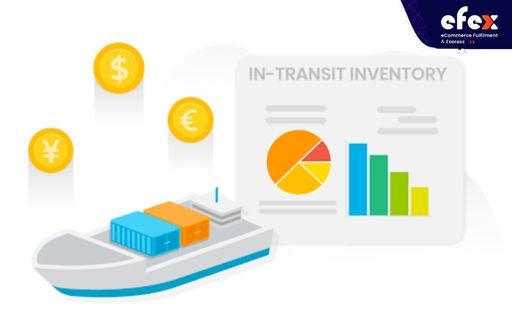
Any company that controls inventory understands how difficult it can be. Although using useful inventory management software, keeping track of everything that is moving in and out may be difficult, especially if part of your stuff has not actually arrived yet. As long as it is correctly accounted for, in-transit inventory may be a valuable asset to your organization.
It might be difficult to determine how much inventory you will need to order, stock, and spend, but with a few easy calculations and good record-keeping, you will be successful in learning in-transit accounting. This ability will assist you in avoiding issues such as outdated merchandise and excessive storage fees.
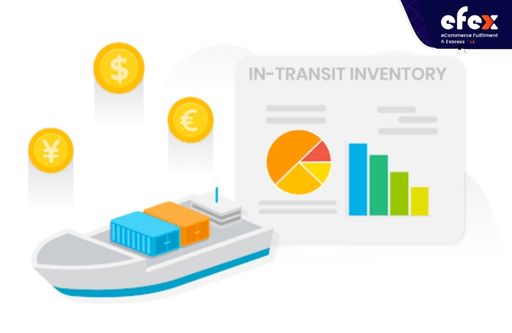
As the name implies, transit inventory is goods that have been sent by the sellers but have not yet arrived at the purchasers’ destinations. Because the inventory is in transit, it is also known as pipeline inventory, which is an important aspect of inventory management.
👉 Read More: What Is Inventory Allocation? Methods And Benefits
👉 Read More: What Is Perishable Inventory? Example And Model
For example, a large number of seafood products are transferred from Vietnam to the USA, and these two countries are relatively far apart, with delivery taking weeks. So all of the seafood products that are sent are referred to as transit inventory, and the seller must pack and store the goods appropriately because it is fresh and easily damaged products.
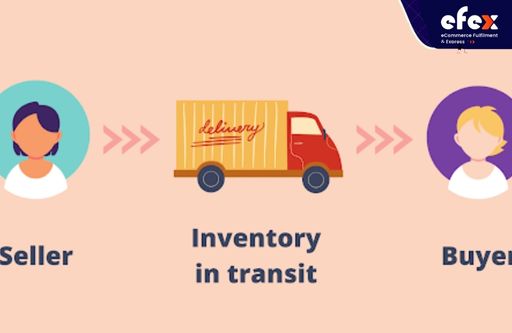
However, the issue of ownership emerges in such a case. Because neither the vendor nor the buyer owns the inventory. Who owns the inventory while it is in transit? To address this, multiple forms of sales agreements were established, and thus various types of transit inventory were established depending on their ownership as specified in the terms and conditions of the sales.
When a verified purchaser and purchase are confirmed, inventory ownership for delivered products in transit formally shifts. Let’s consult the following terms and conditions of in-transit inventory to understand it more.
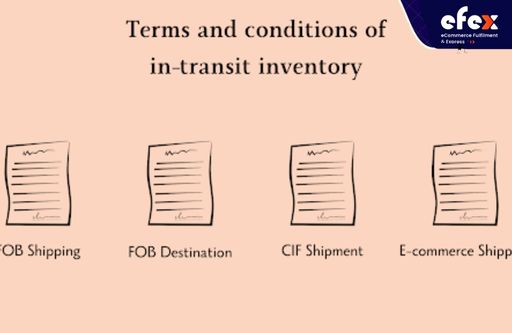
FOB is an abbreviation for Freight on Board. The customer obtains possession of the items as soon as the inventory is boarded abroad the ship under the Freight on Board Shipping arrangement.
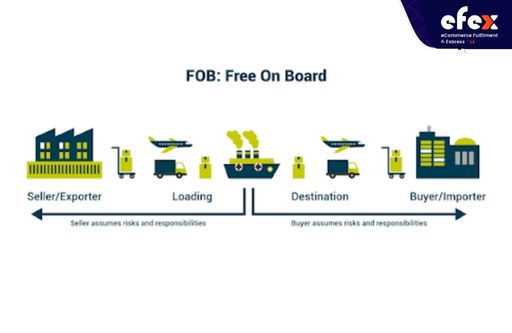
When purchasing goods online, purchasers can complete the transaction as soon as the shipping company accepts it. Buyers are responsible for the things they purchase before they are carried to their final destination. They may accept additional obligations associated with carrying products, such as damage during shipment and other concerns. Buyers can anticipate their invoices to include Cost Insurance and Freight (CIF). The seller is responsible for freight costs under this agreement.
It also covers insurance and other incidentals until the cargo is delivered to the customer. When an item is delivered out, some firms utilize this to imply that it is readily available for purchase. However, you cannot pay for or offer the product to a purchaser while it is on the route.
It indicates that ownership of the merchandise stays with the seller until the shipment reaches the purchaser’s destination, which is also known as Free on Board and is the phrase used in international commercial law that was issued by the International Chamber of Commerce (ICC).
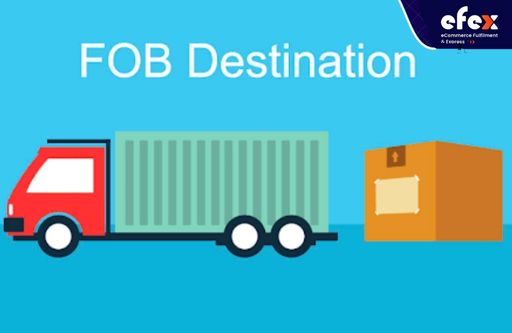
The purchaser’s loading dock, office building, or post office box is where the ownership of any shipping items is transferred. It will be the seller’s responsibility when delivered to these destinations. They can only physically own it when the customer signs it for delivery. This written acknowledgment shows the purchaser’s intent to transfer ownership of the item to their consumers.
The contract of sale will normally specify which of the two will apply when the things are shipped out. FOB incurs several expenditures, including additional transportation fees for unloading, loading, and transfers between terminals. Purchasers will also often be required to pay for insurance to safeguard items in transit.
CIF is the abbreviation for Cost, Insurance, and Freight. The seller owns the items in a Cost Insurance Freight shipment because he/she pays for the shipment cost, freight, and insurance. When it arrives at the target port, the purchaser takes possession of it.
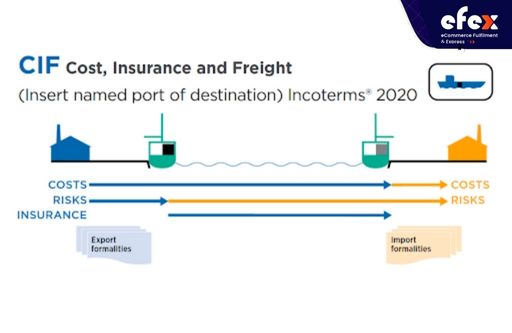
With the rise of online shopping, it is one of the most popular shipment kinds in recent times.

If the item you ordered is Freight on Board shipping point, you can enter it as new inventory in your system when it arrives. For instance, a used motorcycle business may offer a secondhand vehicle as being available to buy on their website even though it is not actually on the lot.
If your inventory is Freight on Board destination, you will not be able to offer or account for it to purchasers till it arrives at your service center. It will be a lot easier when you use e-commerce inventory management software to track all of your shipments and in-transit inventory.
Since companies are often accountable for items as soon as they are delivered, they are theoretically paying for in-transit inventory storage as well, even if the item has not actually arrived yet. Therefore, the first step of calculating in-transit inventory costs is to determine how much you regularly pay for inventory storage. This fee includes the upkeep of your storage facility such as rent, utilities, and heating, as well as any inventory insurance you have acquired.
👉 Read More: What Is Available To Promise Inventory? Example and Calculation
For many organizations, storage will cost roughly 15% of the purchase price of the goods. You pay for storage charges for in-transit goods both throughout the shipping waiting time and once the products arrive. It implies that the in-transit inventory value is determined by how long it takes to arrive after delivery. Here is the formula:
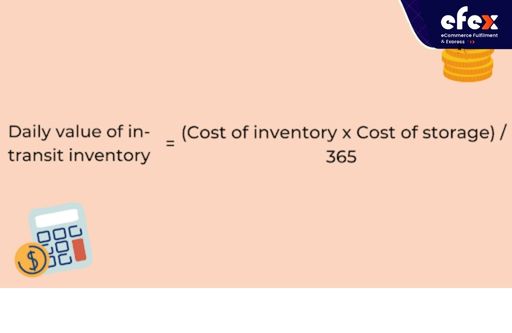
Assume that your average inventory delivery is around $5,000. It takes around 40 days for these things to arrive at their final destination. Because you engage with a reputable 3PL partner, the cost of storing these products is 15% of the retail cost.
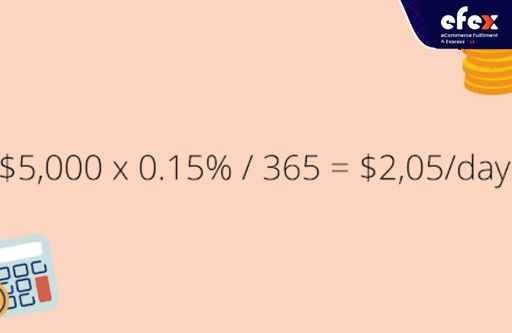
We can then calculate the average cost of shipping per cargo using the daily shipment value:
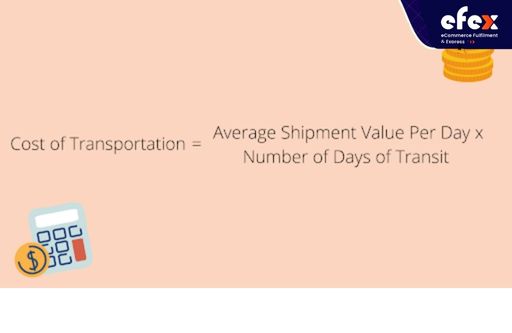
Applying this formula, we then have the result:
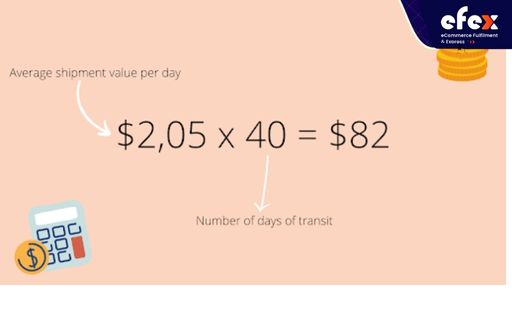
Then, multiply the cost of shipping by the average inventory shipment to get the total cost of items in transit. In the previous example, it would equate to E-commerce companies must be aware of the “hidden cost” of having in-transit merchandise, which is potential money that is detained in a vessel for several weeks or months. It is a FOB shipping point issue, which means the sellers assume accountability for the things while they are on their way to their next destination.
Stagnant cash flow can be a major impediment for many smaller firms that rely on liquidity to conduct their day-to-day activities. Furthermore, if the packages containing your merchandise are damaged, this may result in lost income as well as additional fees for compensation and recovery. The more precise your inventory estimates, the more aware you will be regarding how much cash is locked up in overheads such as shipping and carrying charges.
With such extensive lead periods, it is critical for businesses to appropriately record this on their financial statements so that they will see what is happening and make informed decisions depending on real-time data instead of speculation or outdated figures that may not reflect reality.
Shipping many things at once and waiting for transactions to be completed so you may get money can rapidly become difficult and time-consuming. Streamlining your supply chain to reduce the number of stages in your distribution line will lessen total holding and shipping costs while also reducing client delivery times.
Once inventory is unavailable for shipment, anything may occur. Delays and a terrible customer experience can result from slowdowns, shipping problems, and mistreatment of items. Even though the purchaser has already paid for it, having insurance should be part of your backup plan in order to safeguard your products.
Theft, natural catastrophes, and unintentional damage to your items and the delivery service like train or boat, are all covered by most insurance claims. Based on the terms of the sale contract, the owners of the in-transit cargo should get the necessary insurance.
You should read through every contract to know the way to cover all the bases and keep your items protected in the case of damage. Then, consult with an insurance provider that specializes in shipping and logistics to obtain customized packages that are appropriate for your business.
Direct-to-consumer e-commerce enables you to avoid middlemen and save money on shipping and transportation costs. Furthermore, because you do not have to ship from your origin place anymore, this business model is ideal for functioning in several markets. Alternatively, you may acquire things in your preferred location and have them distributed straight to clients.

By removing wholesalers and retailers from the supply chain equation, your product will take less time in transit. Expect cheaper expenditures as a result of fewer stops and a lesser chance of package damage. Besides, DTC e-commerce also offers other advantages, like improved consumer communication and the ability to create a one-of-a-kind buying experience that fosters positive brand loyalty.
Utilizing a 3PL for fulfillment and warehousing can assist you in optimizing your e-commerce business. Digital warehouse controls your inventory using modern technology and software.
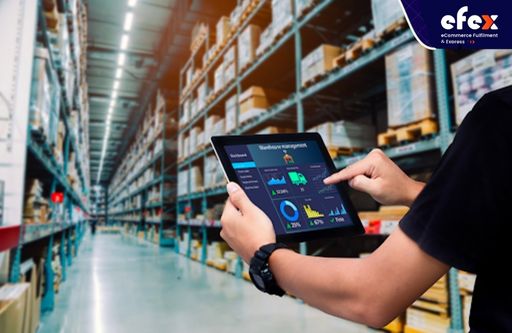
Integrating your warehouse management software into your e-commerce platform also gives you full visibility into your inventory activities, shipping performance, and order fulfillment. Outsourcing your logistics relieves you of time-consuming activities and offers critical data to assist you with inventory management.
Furthermore, you can easier follow trends when comprehensive inventory activity data and forecast AI are available. Finally, using a 3PL company’s knowledge allows you to strategically manage resources and commodities between fulfillment facilities.
👉 Read More: What is Inventory Aging? Formula and Calculation
Such inventory items which are in transit require specific accounting attention after the accounting period. A strong grasp of in-transit inventory will enable you to feel confident in shipping terminology in the shipping and selling sector.
